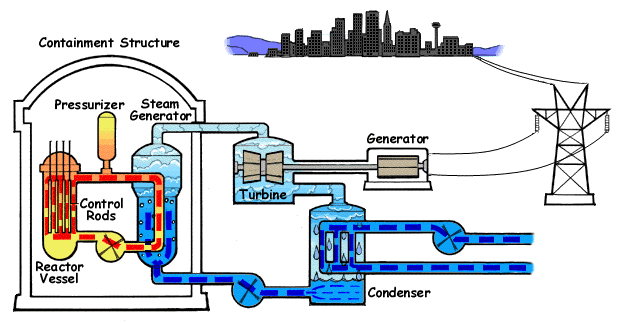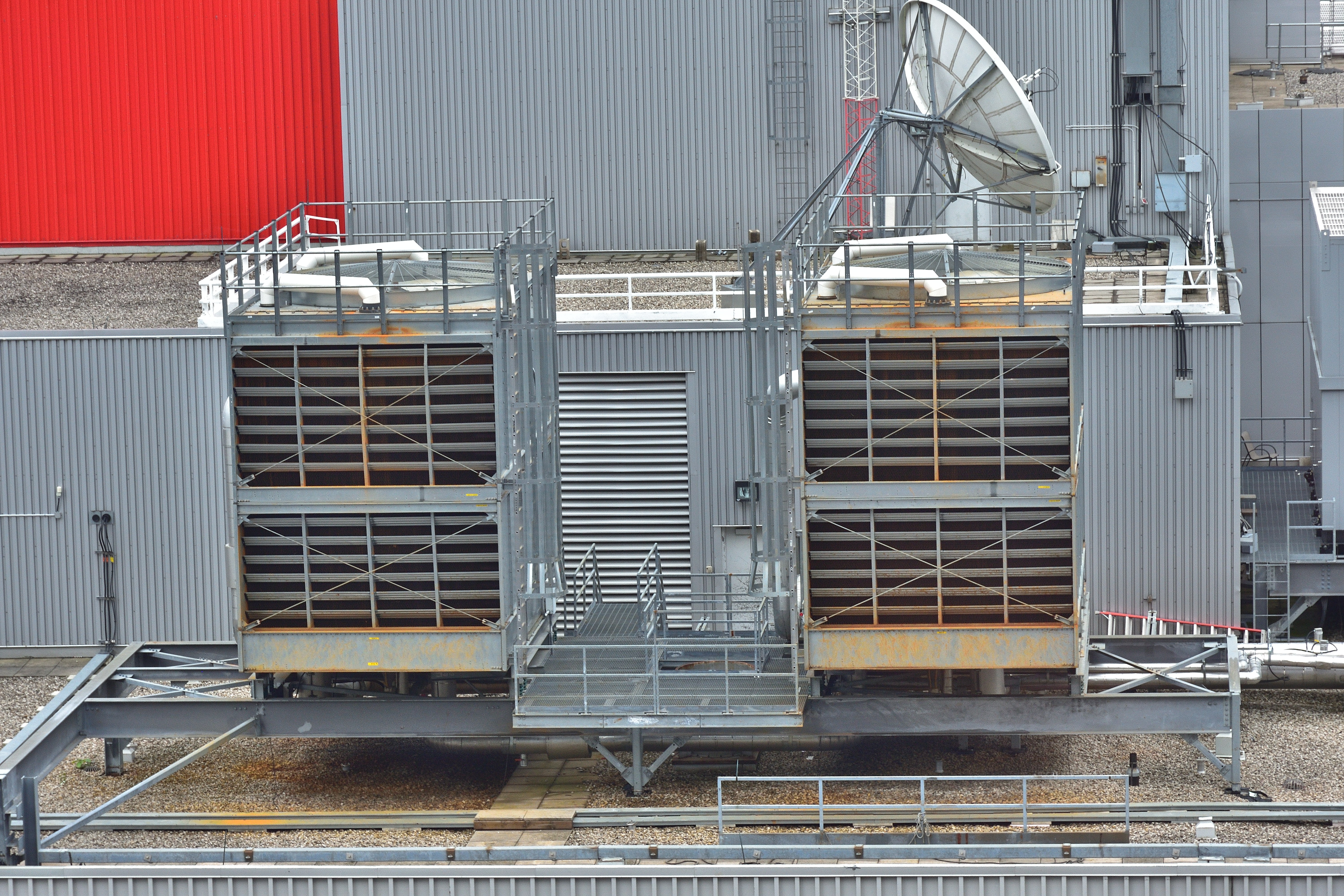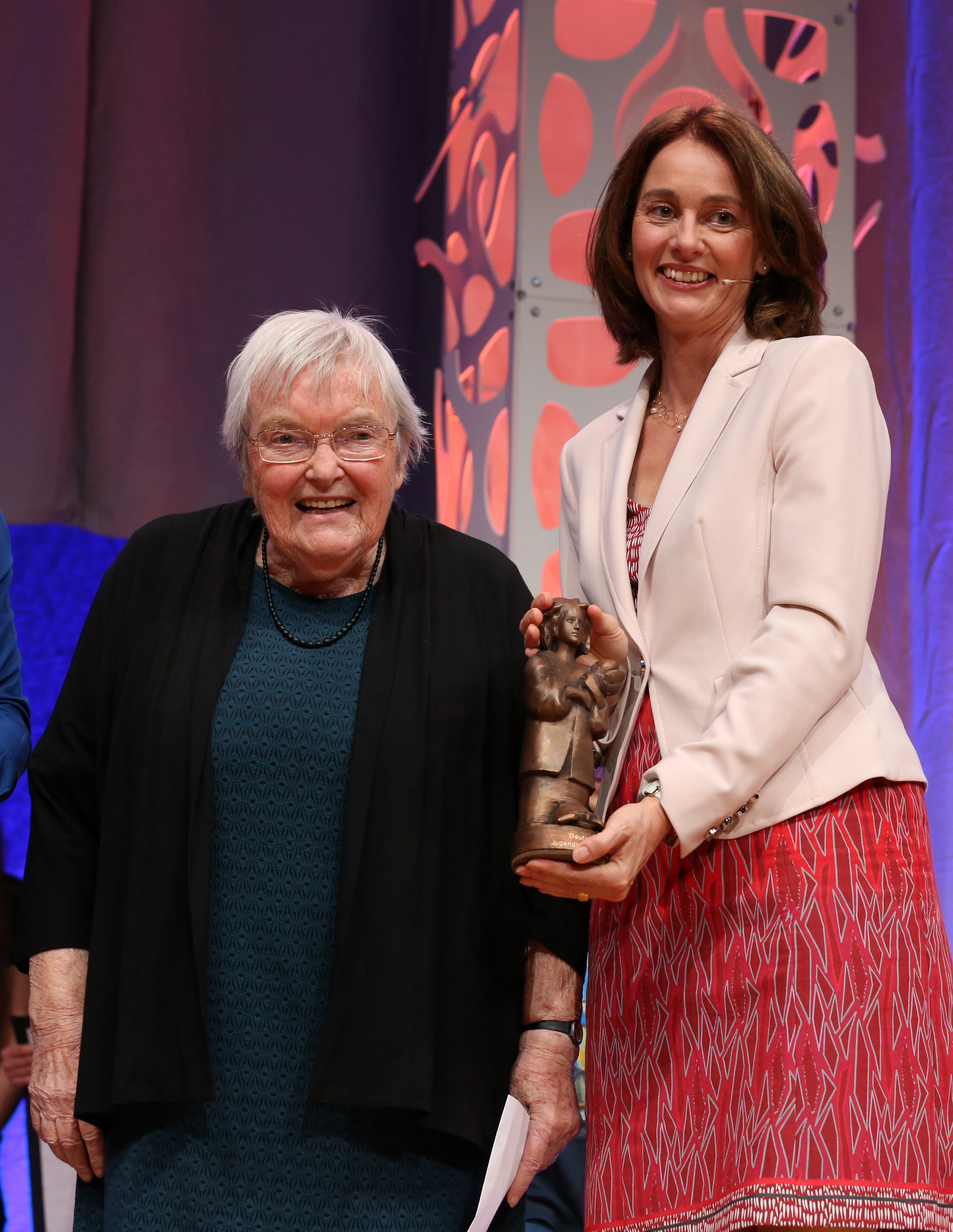|
Grafenrheinfeld
Grafenrheinfeld is a municipality in the district of Schweinfurt in Bavaria, Germany. The municipality is home to the nuclear power station, Grafenrheinfeld, which opened in 1982. Grafenrheinfeld Nuclear Power Station The nuclear power station Grafenrheinfeld (short: KKG - not to confused with the similarly abbreviated nuclear power station Goesgen in Switzerland) is located south of Schweinfurt at the Main. Commencement of construction was 1974, start-up took place 1981. It consists of a 3rd Generation pressurized water reactor ("pre-Konvoi") with an electrical output of 1345 MW. Operator is the E.ON nuclear power GmbH headquartered in Hanover. The two cooling towers with a height of 143 m are visible from far away. The nuclear power station was "power station world champion" in both years 1984 and 1985. In the much discussed anti-nuclear power novel ''Die Wolke'' by Gudrun Pausewang Gudrun Pausewang (3 March 1928 – 23 January 2020), less commonly known by her married name, ... [...More Info...] [...Related Items...] OR: [Wikipedia] [Google] [Baidu] |
Schweinfurt (district)
Schweinfurt is a ''Landkreis'' (district) in the northwestern part of Bavaria, Germany. Neighboring districts are (from the north clockwise) Bad Kissingen, Rhön-Grabfeld, Haßberge, Bamberg, Kitzingen, Würzburg and Main-Spessart. The district-free city Schweinfurt is surrounded by the district. Geography Primary rivers in the district are the Main and the Wern. The district is located between several hill chains - Haßberge to the east, the Rhön in the northwest, the Spessart to the west and the Steigerwald in the southeast. History The area of the district became part of Bavaria in 1814. In 1972 parts of the previous district Gerolzhofen (including the town Gerolzhofen) were merged with the district. Archaeology In July 2022, archaeologists announced the discovery of a 3000-year-old clay figurine that might represent a prehistoric female water goddess. The 19 cm tall clay figurine's carefully modeled eye sockets, nose, lips, and chin are obviously visible and attractiv ... [...More Info...] [...Related Items...] OR: [Wikipedia] [Google] [Baidu] |
Bayerisches Landesamt Für Statistik
The statistical offices of the German states (German language, German: ''Statistische Landesämter'') carry out the task of collecting official statistics in Germany together and in cooperation with the Federal Statistical Office of Germany, Federal Statistical Office. The implementation of statistics according to Article 83 of the Basic Law for the Federal Republic of Germany, constitution is executed at state level. The Bundestag, federal government has, under Article 73 (1) 11. of the constitution, the exclusive legislation for the "statistics for federal purposes." There are 14 statistical offices for the States of Germany, 16 states: See also * Federal Statistical Office of Germany References {{Reflist National statistical services, Germany Lists of organisations based in Germany, Statistical offices Official statistics, Germany ... [...More Info...] [...Related Items...] OR: [Wikipedia] [Google] [Baidu] |
Municipalities Of Germany
MunicipalitiesCountry Compendium. A companion to the English Style Guide European Commission, May 2021, pages 58–59. (german: Gemeinden, ) are the lowest level of official territorial division in . This can be the second, third, fourth or fifth level of territorial division, depending on the status of the municipality and the '''' (federal state) it ... [...More Info...] [...Related Items...] OR: [Wikipedia] [Google] [Baidu] |
Bavaria
Bavaria ( ; ), officially the Free State of Bavaria (german: Freistaat Bayern, link=no ), is a state in the south-east of Germany. With an area of , Bavaria is the largest German state by land area, comprising roughly a fifth of the total land area of Germany. With over 13 million inhabitants, it is second in population only to North Rhine-Westphalia, but due to its large size its population density is below the German average. Bavaria's main cities are Munich (its capital and largest city and also the third largest city in Germany), Nuremberg, and Augsburg. The history of Bavaria includes its earliest settlement by Iron Age Celtic tribes, followed by the conquests of the Roman Empire in the 1st century BC, when the territory was incorporated into the provinces of Raetia and Noricum. It became the Duchy of Bavaria (a stem duchy) in the 6th century AD following the collapse of the Western Roman Empire. It was later incorporated into the Holy Roman Empire, became an ind ... [...More Info...] [...Related Items...] OR: [Wikipedia] [Google] [Baidu] |
Germany
Germany,, officially the Federal Republic of Germany, is a country in Central Europe. It is the second most populous country in Europe after Russia, and the most populous member state of the European Union. Germany is situated between the Baltic and North seas to the north, and the Alps to the south; it covers an area of , with a population of almost 84 million within its 16 constituent states. Germany borders Denmark to the north, Poland and the Czech Republic to the east, Austria and Switzerland to the south, and France, Luxembourg, Belgium, and the Netherlands to the west. The nation's capital and most populous city is Berlin and its financial centre is Frankfurt; the largest urban area is the Ruhr. Various Germanic tribes have inhabited the northern parts of modern Germany since classical antiquity. A region named Germania was documented before AD 100. In 962, the Kingdom of Germany formed the bulk of the Holy Roman Empire. During the 16th ce ... [...More Info...] [...Related Items...] OR: [Wikipedia] [Google] [Baidu] |
Nuclear Reactor Technology
A nuclear reactor is a device used to initiate and control a fission nuclear chain reaction or nuclear fusion reactions. Nuclear reactors are used at nuclear power plants for electricity generation and in nuclear marine propulsion. Heat from nuclear fission is passed to a working fluid (water or gas), which in turn runs through steam turbines. These either drive a ship's propellers or turn electrical generators' shafts. Nuclear generated steam in principle can be used for industrial process heat or for district heating. Some reactors are used to produce isotopes for medical and industrial use, or for production of weapons-grade plutonium. , the International Atomic Energy Agency reports there are 422 nuclear power reactors and 223 nuclear research reactors in operation around the world. In the early era of nuclear reactors (1940s), a reactor was known as a nuclear pile or atomic pile (so-called because the graphite moderator blocks of the first reactor were placed into a tall pi ... [...More Info...] [...Related Items...] OR: [Wikipedia] [Google] [Baidu] |
Pressurized Water Reactor
A pressurized water reactor (PWR) is a type of light-water reactor, light-water nuclear reactor. PWRs constitute the large majority of the world's nuclear power plants (with notable exceptions being the UK, Japan and Canada). In a PWR, the primary nuclear reactor coolant, coolant (water) is pumped under high pressure to the reactor core where it is heated by the energy released by the Nuclear fission, fission of atoms. The heated, high pressure water then flows to a Water-tube boiler, steam generator, where it transfers its thermal energy to lower pressure water of a secondary system where steam is generated. The steam then drives turbines, which spin an electric generator. In contrast to a boiling water reactor (BWR), pressure in the primary coolant loop prevents the water from boiling within the reactor. All light-water reactors use ordinary water as both coolant and neutron moderator. Most use anywhere from two to four vertically mounted steam generators; VVER reactors use horizo ... [...More Info...] [...Related Items...] OR: [Wikipedia] [Google] [Baidu] |
Cooling Tower
A cooling tower is a device that rejects waste heat to the atmosphere through the cooling of a coolant stream, usually a water stream to a lower temperature. Cooling towers may either use the evaporation of water to remove process heat and cool the working fluid to near the wet-bulb air temperature or, in the case of ''dry cooling towers'', rely solely on air to cool the working fluid to near the dry-bulb air temperature using radiators. Common applications include cooling the circulating water used in oil refineries, petrochemical and other chemical plants, thermal power stations, nuclear power stations and HVAC systems for cooling buildings. The classification is based on the type of air induction into the tower: the main types of cooling towers are natural draft and induced draft cooling towers. Cooling towers vary in size from small roof-top units to very large hyperboloid structures (as in the adjacent image) that can be up to tall and in diameter, or rectangu ... [...More Info...] [...Related Items...] OR: [Wikipedia] [Google] [Baidu] |
Die Wolke
''Die Wolke'' () is a German novel for young adults by German author Gudrun Pausewang, published in 1987. The story was written after the 1986 Chernobyl nuclear disaster in Ukraine, with a 14-year-old girl having to deal with the consequences of a fictional similar disaster in Germany. It was translated into English by Patricia Crampton, published in 1997, as ''Fall-Out''. ''Die Wolke'', which received several awards, became a popular book for reading in class and was adapted for film and stage, has been regarded as Pausewang's signature work. The book has been credited with shaping opposition to nuclear power in Germany. History Pausewang wrote the novel ''Die Wolke'' in 1987, after the Chernobyl disaster when nuclear fallout rained down on much of Europe. She used information that the organisation "Ärzte gegen den Atomtod" (Physicians against nuclear death) had published at the end of the 1970s. In 1988, the book was awarded the Deutscher Jugendliteraturpreis, the Kur ... [...More Info...] [...Related Items...] OR: [Wikipedia] [Google] [Baidu] |
Gudrun Pausewang
Gudrun Pausewang (3 March 1928 – 23 January 2020), less commonly known by her married name, Gudrun Wilcke, was a German author of children's and young adult literature. She was known for books such as ''The Last Children of Schewenborn'' and ''Die Wolke'' (''The Cloud'', translated in the English book title as ''Fall-Out'') which were made part of German school canons. Among her primary topics were work for peace and protection of the environment, namely warning of the alleged dangers of nuclear energy. Her books have been translated into English and received international recognition and awards. Biography Pausewang was born in Wichstadtl (now Mladkov), Eastern Bohemia, a member of the German minority in Czechoslovakia. Her father was Siegfried Pausewang, and she was the eldest of six siblings. After the Nazis annexed the area, she became a Jungmädel at age 10 and remained in the organisation until age 17. Her father died in World War II, and her mother fled with the child ... [...More Info...] [...Related Items...] OR: [Wikipedia] [Google] [Baidu] |



